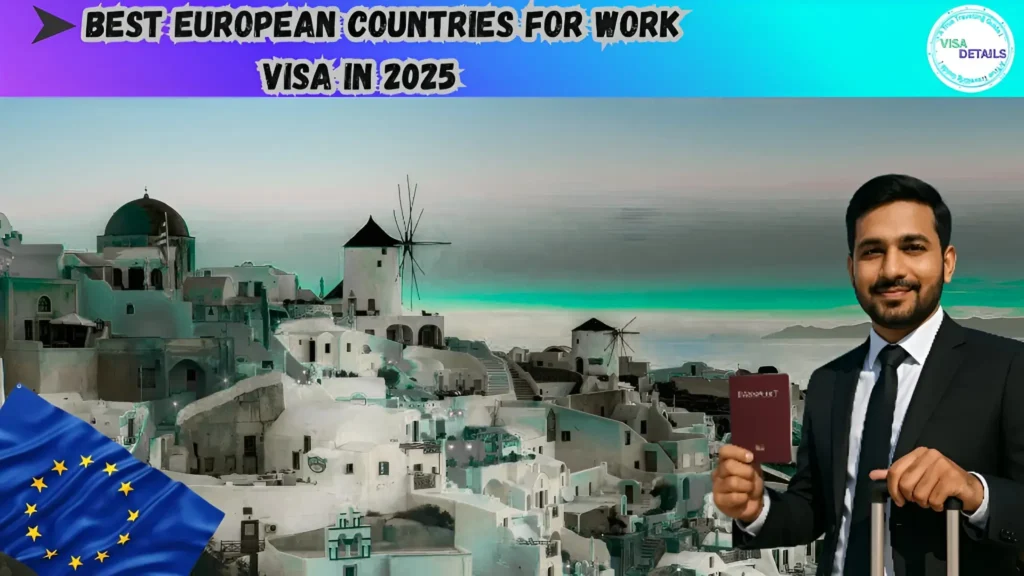1: Which European country is easiest to get a work visa in 2025?
Portugal, Germany, and the Czech Republic have the most accessible work visa processes in 2025.
2: Do I need to know the local language to work in Europe?
Not always. Many jobs in tech, education, and healthcare require only English, especially in Netherlands, Germany, and Ireland.
3: Can I apply for a European work visa without a job offer?
Yes, countries like Portugal and Germany offer job seeker visas.
4: How long does it take to get a European work visa?
It varies from 2 to 8 weeks depending on the country and type of visa.
5: Can I bring my family on a European work visa?
Yes, most countries allow you to sponsor your spouse and children.
6: Which country in Europe has the highest salary for foreign workers?
Ireland, Germany, and the Netherlands are known for competitive salaries in 2025.
7: Is work experience required for getting a European work visa?
Yes, most skilled visas require at least 1–2 years of relevant experience.








